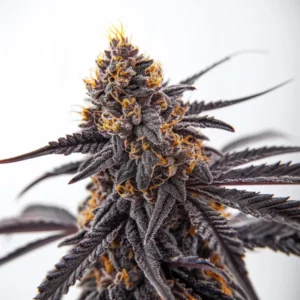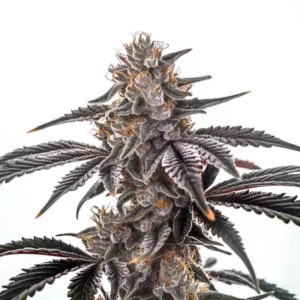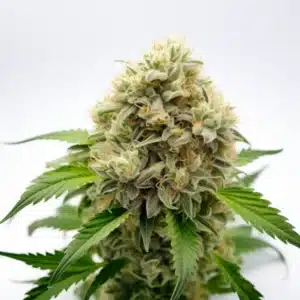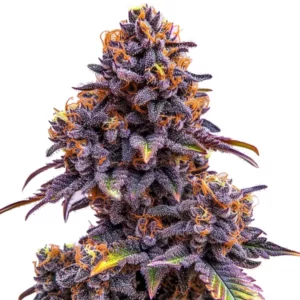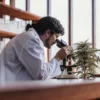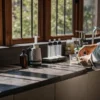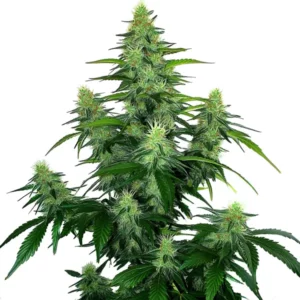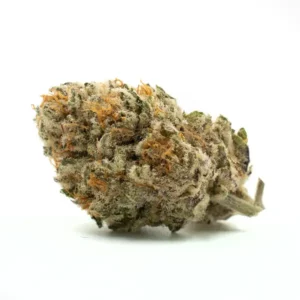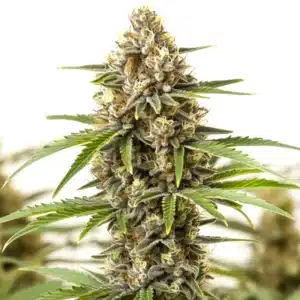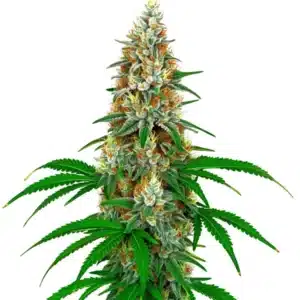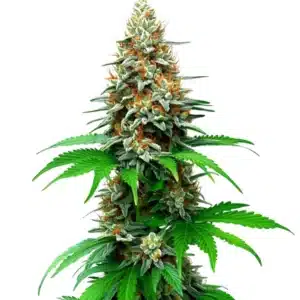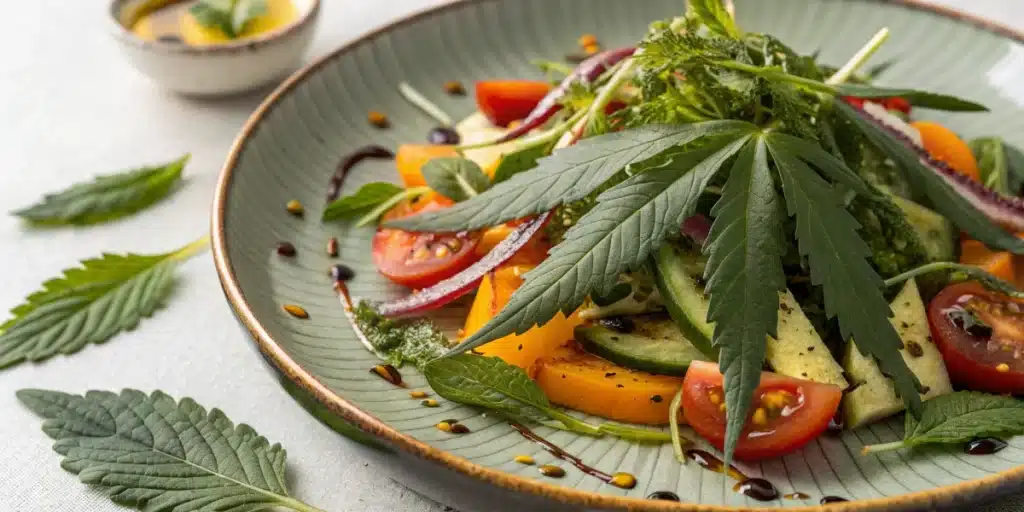
Can You Eat Cannabis Leaves? Benefits and Preparation Tips
Edible Potential of Cannabis Leaves
Nutritional Profile of the Leaves
While the idea of eating cannabis leaves may seem modern, it’s rooted in both nature and history. In the animal kingdom, fresh vegetative leaves serve as a natural food and medicinal remedy for animals like deer, sheep, and rabbits, who tend to avoid them once the plant begins to flower. For humans, the focus has historically been on the highly nutritious and flavorful cannabis seeds. It is only more recently that fresh leaves have been incorporated into human diets as a nutrient-rich green.
Leaves offer a surprising mix of nutrients that support overall wellbeing. They supply fiber, which aids digestion, and a modest amount of protein. Moreover, leaves contain vitamins A, C, and K, essential for maintaining healthy skin, supporting immune defenses, and assisting proper blood clotting.
Recommended Strains
Donny Burger
|
|
THC | 27% - 30% (High) |
|
|
Type | Feminized |
|
|
Yield | High |
|
|
Phenotype | 70% Indica / 30% Sativa |
Mac Burger
|
|
THC | 24% - 28% (High) |
|
|
Type | Feminized |
|
|
Yield | High |
|
|
Phenotype | 50% Indica / 50% Sativa |
In addition to macronutrients, leaves pack antioxidants such as flavonoids and chlorophyll, which fight free radicals. Leaves also supply essential minerals like potassium, magnesium, calcium, and iron. Together, these elements make cannabis leaves a worthwhile pantry addition.
Common Culinary Uses
Leaves blend well into fresh salads, where they contribute a mild, herbal twist. You can mix them with lettuces, tomatoes, cucumbers, and fruits. Moreover, adding leaves to soups boosts color and nutrient content.
Beyond salads and soups, chefs use leaves in pesto, wraps, and baked goods. To make pesto, blitz fresh leaves with nuts, garlic, olive oil, and Parmesan. Alternatively, layer leaves inside tortillas with grilled vegetables. In baking, finely chop leaves into breads or muffins for a nutrient-packed green infusion.
Health Benefits When Eaten
Eating leaves supports digestion thanks to their high fiber content. Furthermore, vitamin C aids collagen production, keeping skin supple, while vitamin K helps maintain bone density. By adding leaves to your diet, you can reinforce everyday health in subtle, tasty ways.
Leaves may also deliver anti-inflammatory compounds that soothe discomfort. Certain antioxidants can neutralize free radicals, supporting cardiovascular function. Overall, leaves serve as a convenient source of plant power that complements a health-focused eating plan.
Promos & Deals
Preparation Techniques for Cannabis Leaves
Proper Cleaning and Drying Methods
First, rinse leaves gently under cool running water to remove dust or debris. Next, soak them in a bowl of water with a splash of vinegar or lemon juice to kill potential microbes, then rinse again and pat dry. Proper drying not only improves shelf life but also makes leaves easier to chop finely.
Cooking and Infusion Processes
You can sauté leaves lightly to bring out their mild, nutty flavor. Heat oil or butter, then add leaves and toss for two to three minutes until they wilt. Season with salt, pepper, or garlic.
For infusions, simmer leaves in oil or butter over low heat for 30 to 45 minutes. Strain out the solids and store the resulting infused fat in the fridge for use in dressings, sauces, or baked recipes.
Tips for Enhancing Flavor
To reduce bitterness, blanch leaves in boiling water for one minute, then plunge them into ice water. You can also massage leaves gently with salt and oil before cooking. Season with complementary herbs like cilantro or basil, and add a squeeze of lemon or a dash of balsamic vinegar to lift flavors.
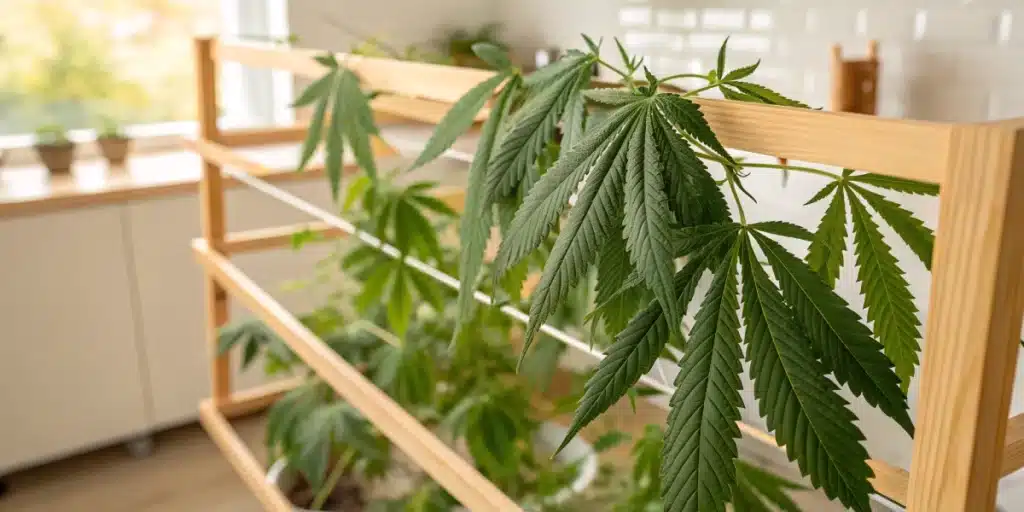
Creative Culinary Applications
Add torn leaves to grain bowls for a fresh green boost. Mix them with cooked quinoa, rice, or barley, then top with roasted vegetables and proteins. Leaves also pair well with egg‑based dishes like omelets or frittatas.
Making Cannabis Leaf Tea or Smoothies
Steep cleaned leaves in hot water for five to seven minutes to make a soothing herbal tea. For smoothies, blend leaves with fruits like banana, mango, or pineapple for natural sweetness. Add yogurt or plant‑based milk for creaminess.
Safety and Dosage Considerations
Recommended Serving Sizes
Start with one to two grams of fresh leaves per serving to gauge taste and tolerance. For dried leaves, use around half a gram. You can gradually increase as you grow more comfortable. Always measure portions carefully to keep dishes balanced.
Potential Side Effects and Precautions
Before consuming any cannabis leaves, the most important precaution is to know your source. If you are going to eat the leaves, it is essential that they come from organic grows that have not been treated with chemical pesticides. Many sprays and treatments that are safe for a flower that will be smoked are not safe for ingestion. Only consume leaves that you know are clean and free from contaminants.
Some people may experience mild digestive discomfort when eating large amounts of leaves for the first time. If you notice any unpleasant symptoms, reduce your serving size. Consult a healthcare professional if you take medications that affect blood clotting, since leaves contain vitamin K. Pregnant or nursing individuals should also seek medical advice.
Comparing Raw vs. Cooked Consumption
Raw leaves retain more vitamin C and chlorophyll. Cooking or infusing leaves softens their texture and mellows flavor, and can make certain nutrients more bioavailable. Balance raw and cooked preparations to maximize both taste and nutritional variety.

FAQs about “Can you eat cannabis leaves?”
Are cannabis leaves safe to consume raw?
Yes, eating clean, fresh leaves can add nutrients to salads and smoothies without added calories. Always wash leaves thoroughly to remove contaminants and check for insects. Start with small amounts to ensure your body adjusts smoothly and to confirm you enjoy their mild flavor.
How should cannabis leaves be prepared for eating?
First, rinse leaves under cool water and blot them dry with a clean towel. Remove tough stems and chop or tear leaves into bite‑sized pieces for even distribution. Enjoy them raw in salads or smoothies, or sauté lightly in oil with garlic and salt for a quick, savory side dish.
What are the nutritional benefits of eating cannabis leaves?
Leaves supply dietary fiber, essential vitamins A, C, and K, plus minerals like potassium, magnesium, and iron. They also contain antioxidants and chlorophyll, which support digestion, immune health, cellular repair, and overall vitality when included regularly.


